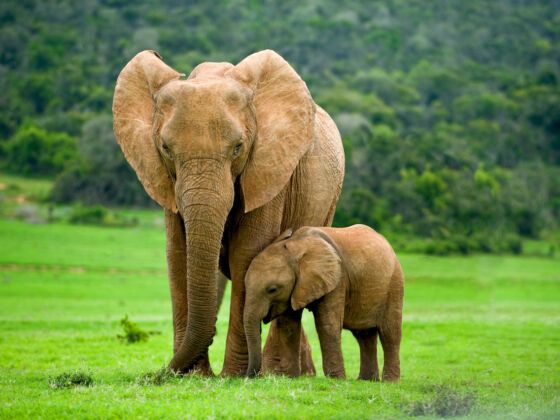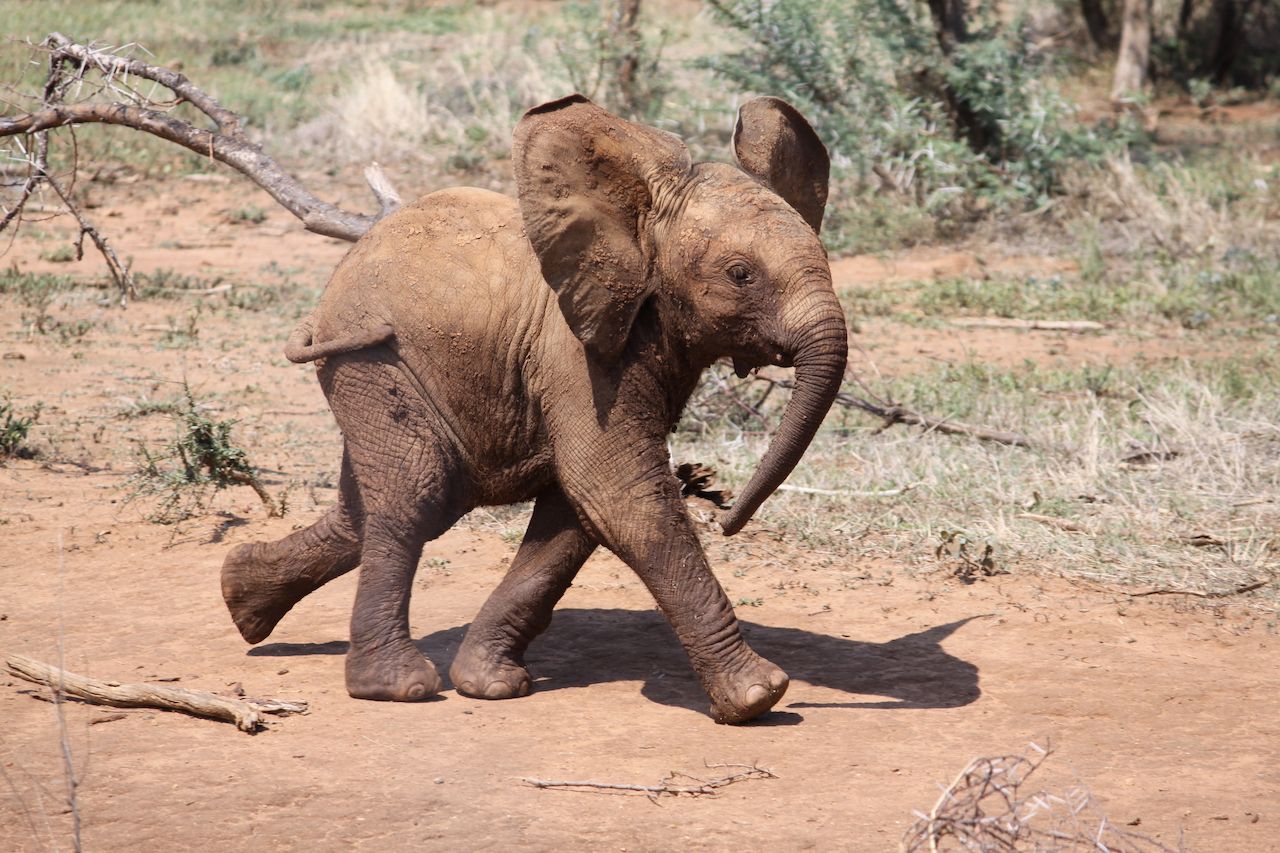This is The Climate Win, the most positive sustainability news around the world every week.
As David Attenborough tells us, a critical part of addressing climate change is not just slashing carbon emissions, but also rewilding the planet. The UN has also stated that protecting biodiversity is essential to protecting our planet. In this week’s Climate Win, we look at some good news in the plant and animal worlds.



